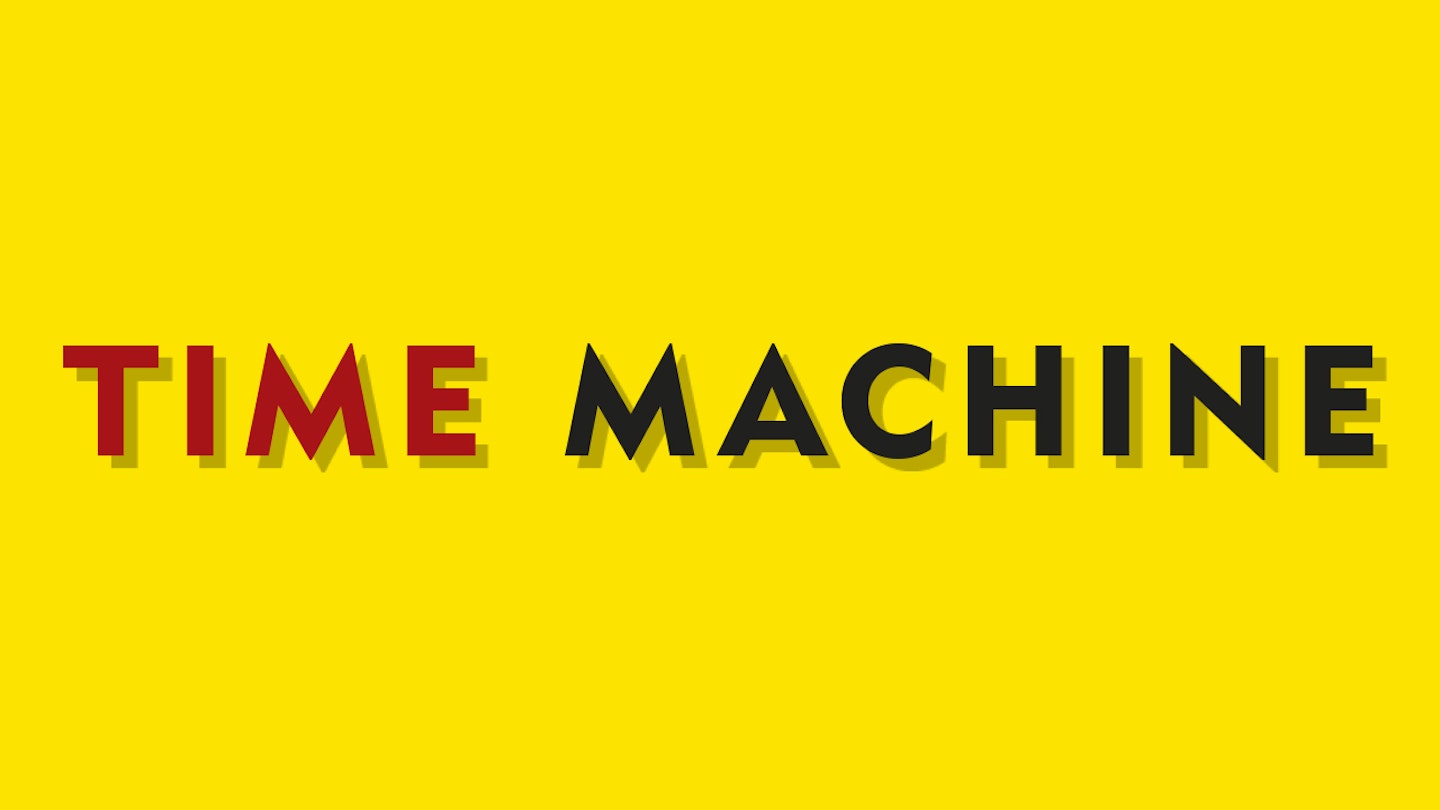15 March, 1974
It seemed unbelievable to the Country Music fraternity. The Grand Ole Opry show, the very heart of Country, was quitting Nashville’s Ryman Auditorium and moving to a new Opry House, located nine miles out of town at Opryland entertainment park. Built in 1891, the Ryman had been home for the Opry since 1943. There’d been other country radio shows before the Opry first emerged as the WSM Barn Dance in 1925. But none possessed quite the magic of the Nashville presentation. The Ryman, a former tabernacle, with stained glass windows, creaky floorboards and wooden pews, but endowed with perfect acoustics, somehow bestowed an added sprinkling of stardust.
The final night, March 15, 1974, proved memorable, with such as Hank Locklin, Bill Anderson, Roy Acuff, Bobby Bare, Charlie Louvin and scores of other stars performing. And when the main show concluded, the Rev Jimmy Snow hosted a final Gospel night, with Johnny Cash, The Carter Family, Carl Perkins and Hank Snow making contributions.
Roy Acuff, who’d joined the Opry way back in 1937, was head of the line when the first show took place at the new 4,440 seat Grand Ole Opry House on March 16. Known as The King Of Country Music and renowned as the first living person to be inducted into the Country Music Hall Of Fame, he was able to stand on the stage and truthfully state, “I have stood on this very spot for many years,” knowing that carpenters had sawn a large circle from the Ryman stage and transplanted it in the new performance area.
Yes, Acuff was a legend, so much so he was able to do some tricks with a yo-yo and to induce piano-playing President Richard Nixon to join him onstage that opening night. Not to be outdone, Nixon took it upon himself to lead the Opry audience in singing Happy Birthday to First Lady, Pat Nixon, who was 62 that day. Though the show featured virtually every Opry member, one who failed to appear was Bill Monroe who explained to Willie Nelson, ”you know, Willie, I’m a Democrat – and besides that, I don’t even have no yo-yo!”
Richard Nixon Signed Acuff's Yo-Yo
Meanwhile RCA lined up a double album, Stars Of The Grand Ole Opry 1926-1974 to commemorate the move to the new home. Each copy of the album contained a souvenir of sorts – a tiny fragment of the Ryman backdrop that advertised the wares of W.E.Stephens, a work clothes company that had continuously sponsored the show since 1929. Today the album doesn’t rate highly at auctions, unlike the yo-yo that President Nixon signed for Roy Acuff on that opening night. That later sold for a cool $16,000.
With the parting of the Opry, the Ryman became largely unused and fell into disrepair, while the surrounding area also suffered from neglect. Writer Bob Allen reporting in a Nashville Gazette article that Lower Broadway, once a mecca for tourists, was “a forlorn tawdry strip… the excitement, the vitality, the spirit all gone. The stores around Fifth Avenue and Broadway – the ones that sell the Grand Ole Opry fountain pens and paperweights – are closed at night. But Teenage Lust is showing at a nearby theatre.”
"I was working as a barmaid around the corner and think that someday I'dd see a show there."
Emmylou Harris
Then, in 1991, Emmylou Harris opted to record a live album at the Ryman with her band, The Nash Ramblers. Emmylou herself had never seen the interior of the Auditorium before. “I had never been there,” she admitted. “When I was in Nashville in 1970 I was working as a barmaid around the corner at the Hi-Hat Lounge. I’d serve people who came in from the Ryman and think that someday I‘d see a show there.” Harris’ album won a Grammy and renewed interest in the venue as a concert and recording facility, this interest leading to an eight million dollar restoration project and, eventually, the renewal of various concerts at the historic venue.
“I wanted to capture a dream,” mused Neil Young, explaining why he decided to have his concert film, Heart Of Gold, shot over two nights at the Ryman in 2005. Jonathan Demme, the film’s director, revealed that part of Young’s dream fulfilment was performing on the same stage that Hank Williams had once occupied. At one point in the film Neil is seen playing a 1941 Martin D28 Herringbone, the same instrument that Hank had played on the Ryman stage circa 1951. “It’s got soul here,” reflected Young. But, on March 15, 1974, that soul was placed in cold storage for some considerable while.
